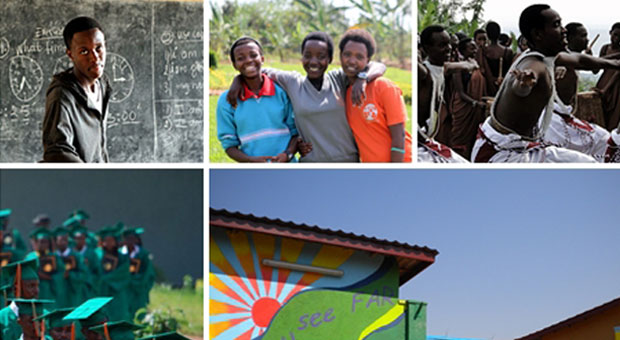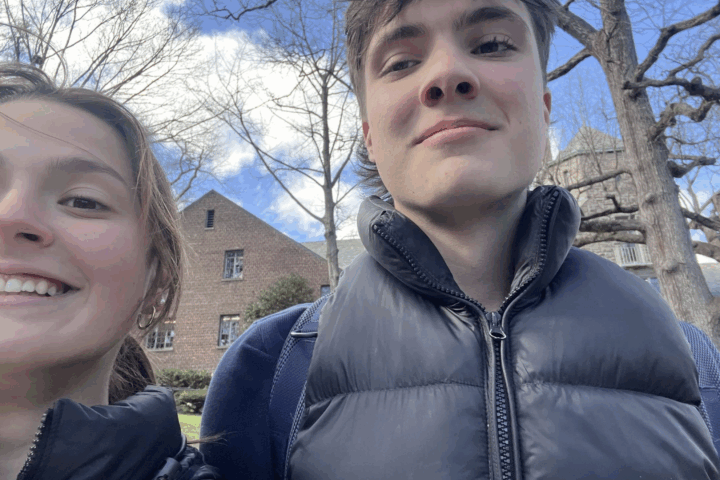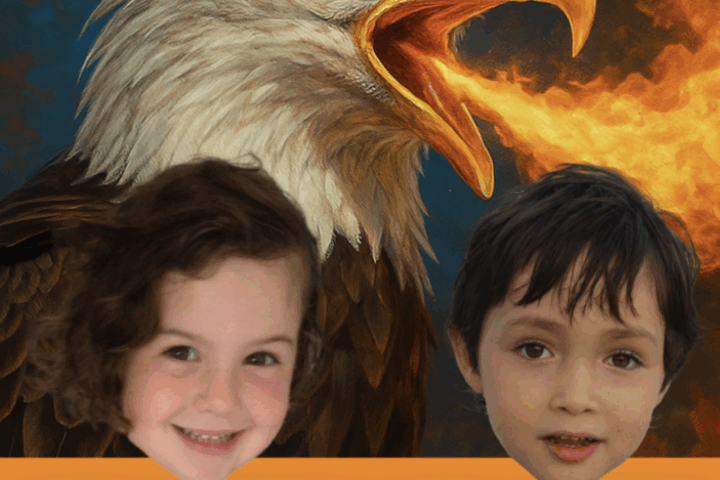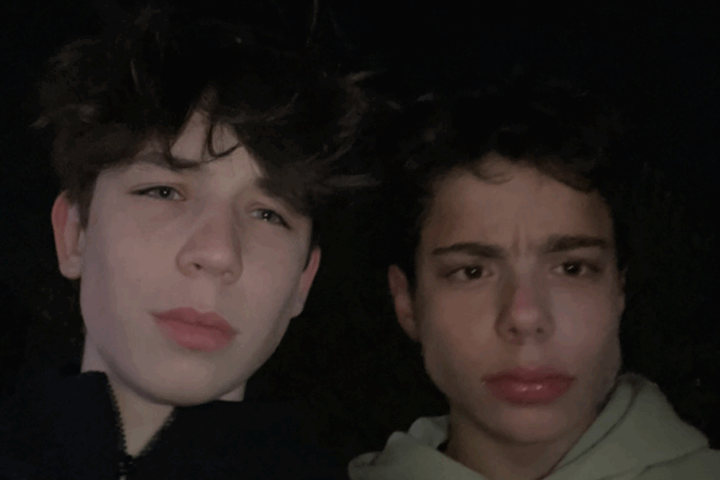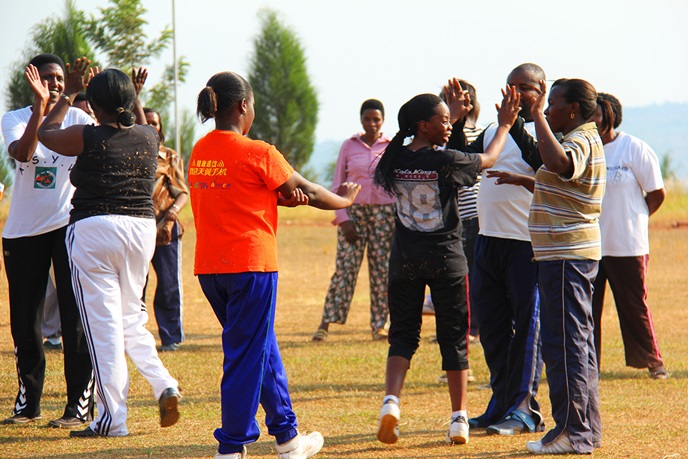
Grace and Vanessa
1994-2014
The story of Grace and Vanessa shows the courage and empathy of Rwandans trying to escape their death. The story begins with Grace, at the age of 10, fleeing with her grandmother, sisters and brothers. As they walk on the outskirts of towns, attempting to avoid Hutu soldiers, Grace spots a wounded mother with a 3-month old baby. The baby is covered in blood and the mother is close to death. Grace’s grandmother repeatedly tells Grace to continue and not try to help the struggling mother and daughter. Grace disobeys her grandmother’s wishes and stops to recover the baby from the dying mother. Grace then makes this baby her own and names her Vanessa. At the age of 10, Grace becomes a mother and carries Vanessa with her family for miles to safety.
Grace’s family members do not accept Vanessa as a part of the family and try to convince Grace to abandon her. On a few occasions, Grace has to physically protect Vanessa from violent attacks from the family. After 4 years of handling this family turmoil, at age 14, Grace decides to leave her home and live with Vanessa on her own. Her grandmother gives her $8 once she leaves. With those $8, Grace is able to buy a fruit basket and a day’s worth of fruit. She is able to make it by selling fruit and eventually has the funds to buy a home for her and Vanessa.
Currently, Grace is 30 years old and Vanessa is 20 years old. They still live together in a house with Grace’s husband and their two young children. The family is functional and, through her own fruit business and her husband’s support, Grace has been able to pay for Vanessa’s education at Agahoza-Shalom Youth Village.
Agahoza-Shalom Youth Village Established in 2008
The Agahoza-Shalom Youth Village was opened in December of 2008 with the leadership of native South African, and New York City resident, Anne Hayman. Hayman and her husband, Seth, were aware of the large orphan population that still existed in Rwanda almost 15 years after the genocide. She decided to take it upon herself to create a sanctuary for struggling Rwandan children to experience a world-class education. This school has given girls and boys like Vanessa a stable home.
The school embodies many of the same principles that we ground ourselves on at Fieldston. According to their mission statement: “Broadly, the Village education focuses on communal participation, and encourages the spirit of volunteerism as a means for sustainable development and community enrichment. It also seeks to expand each student’s talents, skills, and capacity to become not only functioning members of society, but leaders of their community. “ Everyday, each student has two hours of “enrichment” programs a day. These programs can ranger from theater, music or sports. The philosophy mirrors Fieldston and promotes a well-rounded education, rather than a rigid “textbook” system.
In December of 2008, the first 125 students arrived at Agahoza Shalom for the commencement of the 4-year program. Now, at full capacity, the school holds 500 students. These students are on campus fulltime and only go home to visit their families on break. As can be imagined, thousands of students apply to be a part of this wonderful school. The application process further proves the progressive nature of the institution. Instead of selecting the “most intelligent” students with the highest test scores, the school has chosen to select the kids with the most dyer family situations. This way, they can make an extraordinary difference in each one of their students’ lives. The school certainly has a difference, as almost 15% of their 2014 class is heading to university in Canada and the USA.
There fearless leader Anne Hayman has recently died after a tragic fall while horseback riding. The school lives on in her memory and her students will continue her mission to create a better Rwanda— for that matter, a better world.
To learn more, visit http://www.asyv.org/
Genocide Timeline- A Chronology Of Key Events
All information provided from the Holocaust Museum*
Here, I will provide a series of Key events that proceeded and succeeded the 1994 Rwandan genocide. The information will not be in complete detail, but will allow for a basic understanding of the crisis and the factors that determined the horrific outcome.
1897 – Germany establishes control over Rwanda and Burundi and rules them as one colony, Ruanda-Urundi.
1924 – After seizing control of Ruanda-Urundi during World War I, Belgium receives a mandate to administer it from the League of Nations.
1933 – Individual identity cards are issued to all citizens of Ruanda-Urundi as the Belgian-favored Tutsi minority dominates political and administrative power.
1957 – Rwanda Hutu intellectuals produce The Hutu Manifesto, a document calling for Hutu emancipation from while colonialism and Tutsi oppression. The manifesto helps set the stage for the Hutu nationalist movement.
1962 – Rwanda wins independence from Belgium, as does a distinct and separate Burundi. Gregoire Kayibanda becomes the first elected president of an independent Rwanda.
1963 – 14,000 Tutsis are massacred in Rwanda in retaliation for an invasion by a small Tutsi force from Burundi. Large numbers of Tutsis flee.
Habyarimana Era
1973 – Major General Juvenal Habyarimana becomes president after a military coup removes Kayibanda. Habryarimana establishes ethnic quotas in all public service jobs and schools, restricting Tutsi participation.
July 1990 – An economic downturn increases Rwanda’s need for international aid, forcing Habyarimana to accede to Western demands that he end one-party rule.
October 1990 – The Rwandan Patriotic Front (RPF), a rebel group composes of primarily Tutsi refugees, attacks Rwanda from Uganda, starting the Rwandan Civil War.
March 1991 – French and Zairian troops intervene and a peace accord is made with the RPF.
August 1993 – After more RPF uprisings, another agreement is met with the UN that will incorporate both Tutsi and Hutu leadership.UN peacekeepers, led by General Romeo Dallaire, are deployed in Rwanda to oversee agreement.
The Genocide April 6, 1994 – A plane carrying President Habyarimana and Byrundian President Ntaryamira is shot down, killing both leaders. Within hours, slaughter of the Tutsis begins. Over the course of the next three months, an estimated 1 million people are killed in this genocide. Millions also fled the country to seek refuge.
April 7, 1994 – Ten Belgian peacekeepers serving in the UNAMIR forces are killed, causing the Belgians to withdraw its remaining forces a week later.
April 21, 1994 – Despite increasing violence in Rwanda, the UN Security Council reduces troops from 2,500 to 270, going against the objections of General Dallaire.
July 3, 1994 – After launching an offensive against the Hutu government at the onset of the genocide, the RPF takes control of Kigali. Many of these Tutsis took refuge in neighboring countries, particularly Uganda, before launching their attack.
July 19, 1994 – The RPF forms a provisional government with Pasteur Bizimungu, a moderate Hutu, as president, and Paul Kagame, Tutsi leader of the RPF, as vice president. Because of his control of the army, Kagame runs the country as vice president until he officially becomes president in 2000.
My Time in Rwanda
In the beginning of April, I spent over a week in Rwanda remembering the victims of the genocide that happened only 20 years ago. I was part of the Holocaust Memorial Museum delegation, travelling with my mother and father who are both involved with the museum.
Before arriving in Rwanda, I had many images in my mind of what I would see. I expected to see desert and dirt roads. What I found was lush vegetation and well-maintained paved roads. I expected to see anger and hated. What I found was strong spirit and the willingness to reconcile. I expected to find remnants of Guerilla warfare. What I found was real Gorillas living peacefully in the forest!
I attended many events in Rwanda, ranging from casual meet-ups with locals to formal lunches with high Rwandan officials, including President Kagame. While it was an emotionally difficult to hear about the country’s horrific past, I left feeling inspired. The ability of the Rwandan people to reconcile and maintain their spirit, even after mass killings, where many family members were killed, is truly unique. While many of the genocidaires (killers) are still in jail, some are now free and have gone back to their lives before the genocide. Imagine having to confront the killer of a close family member or friend! The Rwandan people have learned how to live with these previous-killers in their society, knowing that out casting them would only cause more conflict. In order to overcome the past, they must simply try to forgive.
President Paul Kagame has done a fantastic job of creating a culture that breads reconciliation. He has integrated many Hutu leaders into his government to make the Hutu population feel represented. However, Kagame has been heavily criticized for suppressing Hutu extremist in the bordering Democratic Republic of the Congo. From my perspective, Kagame has to take a strong stance on these Hutu rebels to ensure that history does not repeat itself. What would the United States government do if terrorists affiliated with the 9/11 attacks were regrouping in Mexico?
My experience in Rwanda was positive and I look forward to going back in the future. There is a lot that we, Americans, can learn from the Rwandan people. As one Rwandan told me: “Although they killed many of my friends and family, they can never take my spirit and never will.”

